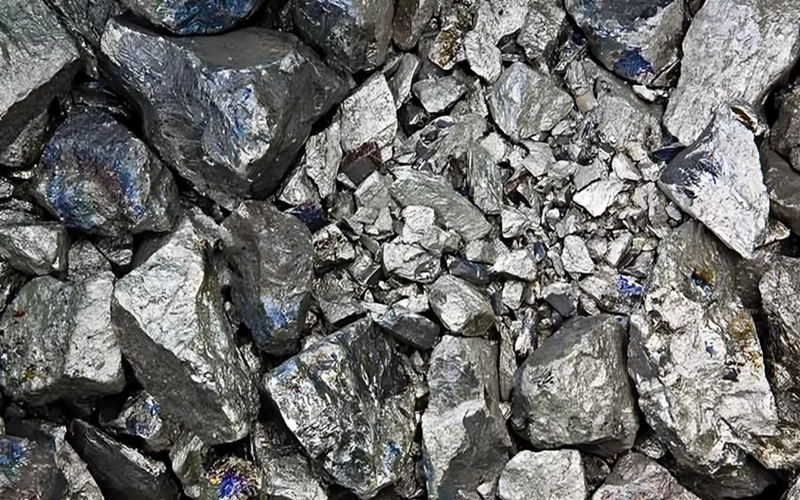Nickel is a fascinating chemical element that plays a vital role in modern technology and industry. With the atomic number 28 and the symbol Ni, it belongs to the transition metals and is renowned for its durability, strength, and exceptional resistance to corrosion. In its pure form, nickel is a silvery-white, hard, and ductile metal that exhibits a slight golden tinge when polished. One of its most notable properties is ferromagnetism at room temperature—a feature it shares with only a few other elements—which makes it invaluable in various magnetic applications. Its high melting point of about 1453°C further enhances its suitability for high-temperature environments, such as jet engines and industrial furnaces.
Nickel naturally occurs in the Earth’s crust, mostly embedded within ores like pentlandite, garnierite, and limonite. It is also a major component of the Earth’s core, where it is found combined with iron, and interestingly, significant amounts of nickel have been discovered in meteorites. This occurrence not only underscores its cosmic abundance but also provides insights into planetary formation. Despite being less abundant than elements like iron, the unique combination of physical and chemical properties makes nickel one of the most crucial metals in both ancient and modern metallurgical practices.
The history of nickel is as intriguing as its properties. In 1751, Swedish chemist Axel Cronstedt successfully isolated the metal from an ore that had long baffled miners. They had originally misidentified the ore as containing copper because of its similar appearance, calling it “kupfernickel” or “devil’s copper” due to the ore’s deceptive nature. This name reflects the frustration of early miners and marks the beginning of nickel’s journey from a misunderstood mineral to a widely utilized element.
.

Today, nickel is primarily used in the production of alloys. Its addition to steel—typically in amounts ranging from 8 to 10 percent—significantly enhances the corrosion resistance and toughness of stainless steel, a material essential for kitchenware, construction, and medical instruments. Beyond stainless steel, nickel is a critical component in superalloys that are designed to withstand extreme environments; these materials are used in aerospace components, power generation turbines, and chemical processing equipment.
Moreover, nickel is indispensable in electroplating, where it is applied as a protective and decorative coating on other metals, improving both their appearance and resistance to wear. In addition, various nickel compounds, especially those where nickel exhibits a +2 oxidation state, serve as catalysts in numerous chemical reactions and are central to the manufacturing of rechargeable batteries—including those powering electric vehicles.
Nickle is a silvery-white lustrous metal with a slight golden tinge. Nickel belongs to the transition metals and is hard and ductile. used for various applications is as follows: 46% for making nickel steels; 34% in nonferrous alloys and superalloys; 14% electroplating, and 6% into other uses.

| Ni | C | Co | Cu | Fe | S |
|---|---|---|---|---|---|
| 99.8 min | 0.02max | 0.15max | 0.01max | 0.01max | 0.03max |